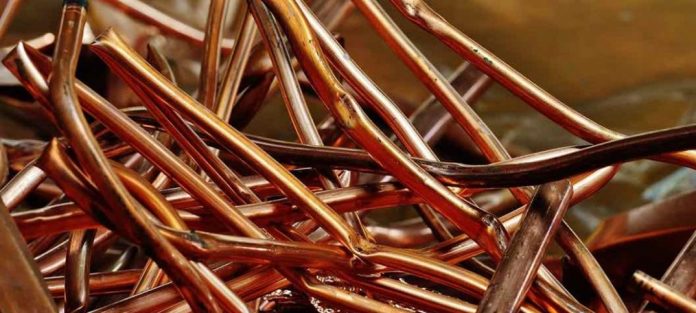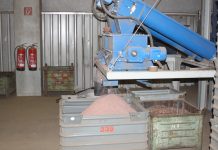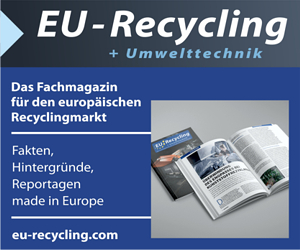The International Copper Study Group (ICSG) released preliminary data for July 2018 world copper supply and demand in its October 2018 Copper Bulletin.
The Bulletin and ICSG online statistical database provide detailed data, on a country basis, for copper mine, smelter, refined and semis production and copper refined usage, trade, stocks and prices. The bulletin is available for sale (single issues €100/€150, annual subscription €500/€750 for orders originating from/outside institutions based in ICSG member countries).
World mine production is estimated to have increased by about 4.5% in the first seven month of 2018, with concentrate production rising by 4% and solvent extraction-electrowinning (SX-EW) by 5.5%.
The increase in world mine production of about 500,000 t copper was mainly due to:
- Constrained output in the comparative period of 2017 namely in Chile and Indonesia.
- Production in Chile, the world’s biggest copper mine producing country, increased by 11% primarily because production in February/March 2017 was restricted by a strike at Escondida (the world’s biggest copper mine) and also because there is an improvement in Codelco’s production levels in 2018.
- Indonesian output increased by 30% because comparative output in 2017 was negatively affected by a temporary ban on concentrate exports that started in January and ended in April.
- A 15% increase in SX-EW production in the Democratic Republic of Congo (DRC) and a 11% rise in Zambian mine output due to the restart of temporarily closed capacity.
- Although no major supply disruptions occurred in the first half of this year, overall growth was partially offset by lower output at some mines in Canada (-6%) and in the United States (-7%).
- After a strong increase in the last few years due to new and expanded capacity, output in Peru (the world’s second largest copper mine producing country) has levelled off.
- On a regional basis, mine production is estimated to have increased by around 10% in Africa, 6% in Latin America, 5.5% in Asia and 7% in Oceania but declined by 5% in North America and remained essentially unchanged in Europe.
World refined production is estimated to have increased by 1.5% in the first seven months of 2018 with primary production (electrolytic and electrowinning) rising by 0.5% and secondary production (from scrap) increasing by 6%:
- The main contributor to growth in world refined production was China due to its continued expansion of capacity.
- Production in Chile was up by 5% supported by a 3.2% increase in electrowinning (SX-EW) production mainly because comparative output in 2017 was constrained by the strike at Escondida referred to previously. In addition, primary electrolytic production increased by 8% mainly due to improved production at Codelco.
- Production in Indonesia and Japan was also substantially higher, recovering from reduced output last year as a consequence of a strike and maintenance shutdown respectively.
- Increases in electrowinning (SX-EW) output in the DRC and Zambia also contributed to world refined production growth.
- However, overall growth was partially offset by a 22% decline in India’s output due to the shutdown of Vedanta’s Tuticorin smelter in April and declines in production in Australia, the Philippines, Poland, and the United States as a consequence of maintenance shutdowns and operational issues.
- On a regional basis, refined output is estimated to have increased in Africa (13%), Asia (1%) and Latin America (4%) while remaining essentially unchanged in Europe and declining in North America (4%) and Oceania (7%)
World apparent refined usage is estimated to have increased by about 1.3% in the first seven months of 2018:
- China was the biggest contributor to growth with apparent usage (excluding changes in unreported stocks) increasing by 4%, driven by a 20% increase in net refined copper imports. (as Chinese customs have temporarily suspended the publication of copper trade data since March, exports are calculated based on reversed trade and are likely to be revised)
- Preliminary data indicates that world ex-China usage declined by 1%.
- Among other major copper using countries, demand increased in India, Japan and the EU but declined in Taiwan, South Korea and the United States.
World refined copper balance for the first seven months of 2018 indicates a deficit of about 155,000 tonnes:
- In developing its global market balance, ICSG uses an apparent demand calculation for China that does not take into account changes in unreported stocks [State Reserve Bureau (SRB), producer, consumer, merchant/trader, bonded]. To facilitate global market analysis, however, an additional line item—Refined World Balance Adjusted for Chinese Bonded Stock Changes—is included in the attached table that adjusts the world refined copper balance based on an average estimate of changes in unreported inventories provided by three consultants with expertise in China’s copper market.
- In the first seven months of 2018, the world refined copper balance adjusted for changes in Chinese bonded stocks indicated a market deficit of around 170,000 t.
Copper Prices and Stocks
Based on the average of stock estimates provided by independent consultants, China’s bonded stocks are thought to have declined by 15,000 t in the first seven months of 2018 from the year-end 2017 level. Bonded stocks increased by around 60,000 t in the same period of 2017. As of the end of September, copper stocks held at the major metal exchanges (LME, COMEX, SHFE) totalled 467,555 t, a decline of 74,974 t (-14%) from stocks held at the end of December 2017. Stocks were down at the LME (-1%), SHFE (-26%) and COMEX (-18%).
The average LME cash price for September was US$ 6,020.03 /t, down 0.3% from the August average of US$ 6,039.75 /t.The 2018 high and low copper prices through the end of September were US$7,262.50 per tonne (on 8th Jun) and US$5,823 per tonne (on 5th Sep), respectively, and the year average was US$6,641.91/t per tonne (8% above the 2017 annual average).
Please visit the ICSG website for further copper market related information.
Source: International Copper Study Group (ICSG)






